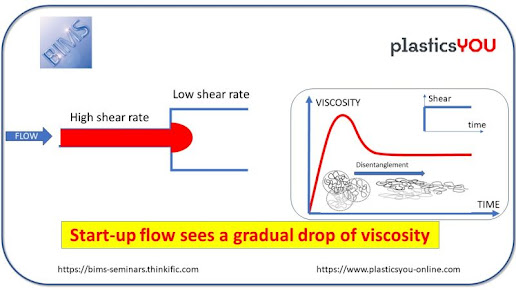Siemens Develops Green Composite Material as an Alternate to ABS Used for Consumer Products
In cooperation with various project partners, Siemens researchers have developed a new recipe for plastic made primarily of renewable resources and CO2. The new material is an alternative to standard polystyrene-based acrylonitrite-butadiene-styrene (ABS) polymer. The new polymer is much "greener" than ABS even though the physical properties of the two materials are similar. In order to demonstrate how practical the new polymer is, scientists used it to create a vacuum cleaner cover. The new material is the result of a three-year project on research into CO2 as an ingredient for polymers. The project, which was recently completed, was funded by the German Research Ministry.
Until now, plastic has mostly been made from fossil fuels such as natural gas or oil. However, according to experts, plastic will increasingly be made of renewable raw materials in order to improve its environmental performance and conserve resources. Many of these organic polymers are already available on the market, where they are used for food packaging, for example. Their properties do not fully match those of technical polymers, which is why they sometimes have to be optimized in line with the application in question.
In cooperation with project partners from BASF, Munich Technical University, and the University of Hamburg, scientists at Siemens' global research unit Corporate Technology developed an alternative for the standard polymer ABS, which is frequently used for consumer products. The new composite material is a competitive alternative to ABS. It is a mixture containing poly-hydroxybutyrate (PHB), which is made from renewable raw materials such as palm oil and starch. Since PHB is brittle, polypropylene carbonate (PPC) from BASF is added to make it softer. PPC consists of 43 percent carbon dioxide (by weight), which is obtained from power plant emissions using a separation process. In addition to being transparent, biodegradable, and resistant to light, PPC can be easily processed.
More than 70 percent of the new mixture is made of green polymers. The new material is a suitable alternative for ABS in practice, as demonstrated by Bosch-Siemens-Hausgeräte (BSH), which used it to make a vacuum cleaner cover under series-production conditions. In cooperation with BSH and BASF, the Siemens researchers now want to examine whether they can replace other types of plastic used by BSH with CO2-based composite materials.


Comments
Post a Comment